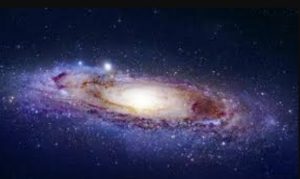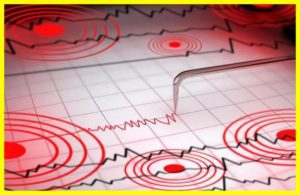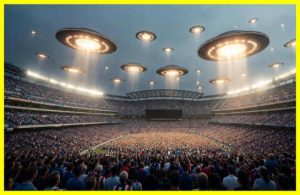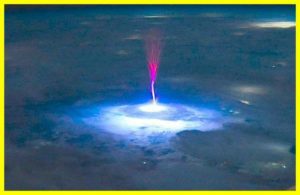On many planets there is no change of day and night
Scientists believe that some potentially habitable planets always face only one side of their star.
That is, one hemisphere is always perpetual night and the other perpetual day, writes Phys.
As studies of living organisms on Earth that live in places devoid of sunlight show, this is not a problem for their existence.
It is organisms like these that provide a glimpse of what alien life without a circadian rhythm might look like, says Marie Cohen of the Open University, UK,
Scientists now believe there are billions of potentially habitable planets in our Milky Way galaxy alone, in which there are between 100bn and 400bn stars.

The fact is that 70 percent of the stars in the Milky Way are red dwarfs.
Studies show that about 40% of such stars have at least one planet that orbits within the habitable zone of their star.
This means that there may be water in liquid form on the surface of such a planet.
It is worth saying that rocky Earth-like planets orbiting red dwarfs are different from our world.
Because such stars are colder than the Sun, the planets are closer to them, which means the gravitational influence of the star is stronger.
This has led to the fact that most of the potentially habitable planets, as scientists believe, are always facing their star only one side.
That is, they are just like the Moon, which has the opposite side.





















